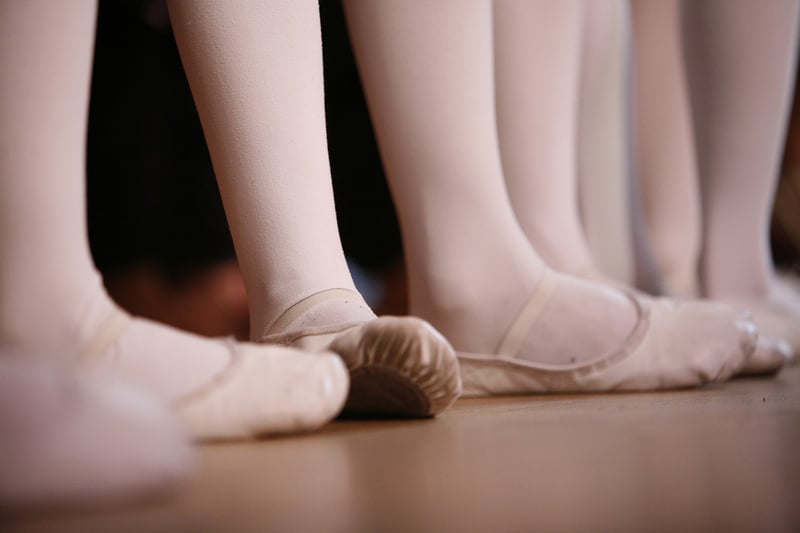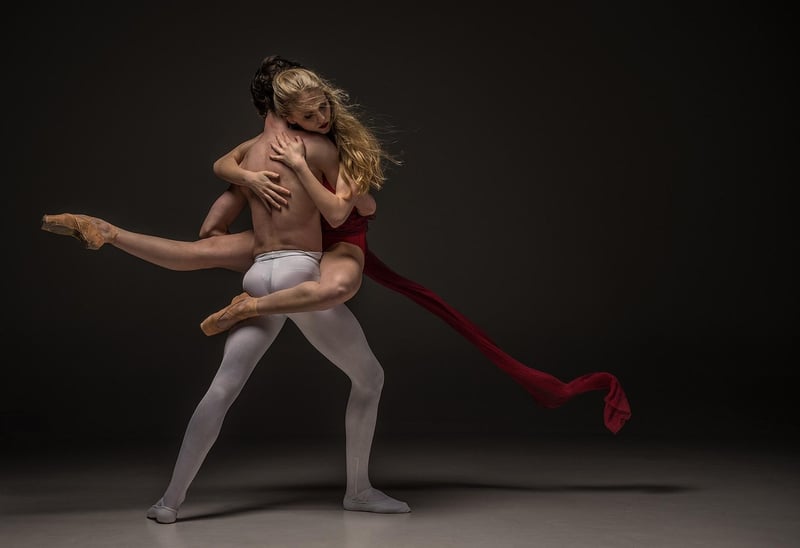Contemporary
Exploring Expressive Movement Forms for Artistic Expression in Contemporary Art
Artistic expression through movement has a rich history in the world of contemporary art. Artists across various disciplines have utilized expressive movement forms to convey emotions, ideas, and narratives in unique and compelling ways. In this article, we delve into some of the most impactful movement forms that have shaped contemporary art and continue to inspire artists today.
1. Ballet
Ballet, with its graceful and precise movements, has been a significant source of inspiration for contemporary artists. The fluidity and elegance of ballet movements allow artists to convey a wide range of emotions and stories through dance. Many choreographers and visual artists draw upon ballet's aesthetic and technical aspects to create captivating performances and artworks.

2. Modern Dance
Modern dance emerged as a rebellion against the formal constraints of classical ballet, emphasizing freedom of movement and self-expression. Contemporary artists often incorporate elements of modern dance into their performances and installations to explore themes of identity, society, and politics. The raw energy and improvisational nature of modern dance offer artists a platform for experimentation and innovation.

3. Performance Art
Performance art blurs the boundaries between visual art, music, dance, and theater, inviting audiences to engage with the artist's body in space and time. Through live performances, artists use their bodies as a medium to communicate ideas and provoke emotional responses. Performance art challenges traditional notions of art and pushes the boundaries of artistic expression in contemporary society.

4. Contact Improvisation
Contact improvisation is a form of dance that focuses on the connection between two or more bodies in motion. This intimate and spontaneous movement form encourages artists to explore trust, communication, and collaboration through physical contact. Contact improvisation fosters a sense of presence and mindfulness, allowing artists to create shared experiences that transcend language and cultural barriers.

By incorporating these expressive movement forms into their practice, contemporary artists can push the boundaries of artistic expression, challenge societal norms, and create immersive experiences that resonate with audiences on a profound level. As the art world continues to evolve, the fusion of movement and visual arts will undoubtedly pave the way for new forms of creative expression and cultural dialogue.
Embrace the power of movement in art and unleash your creativity through the dynamic interplay of body, space, and time.
